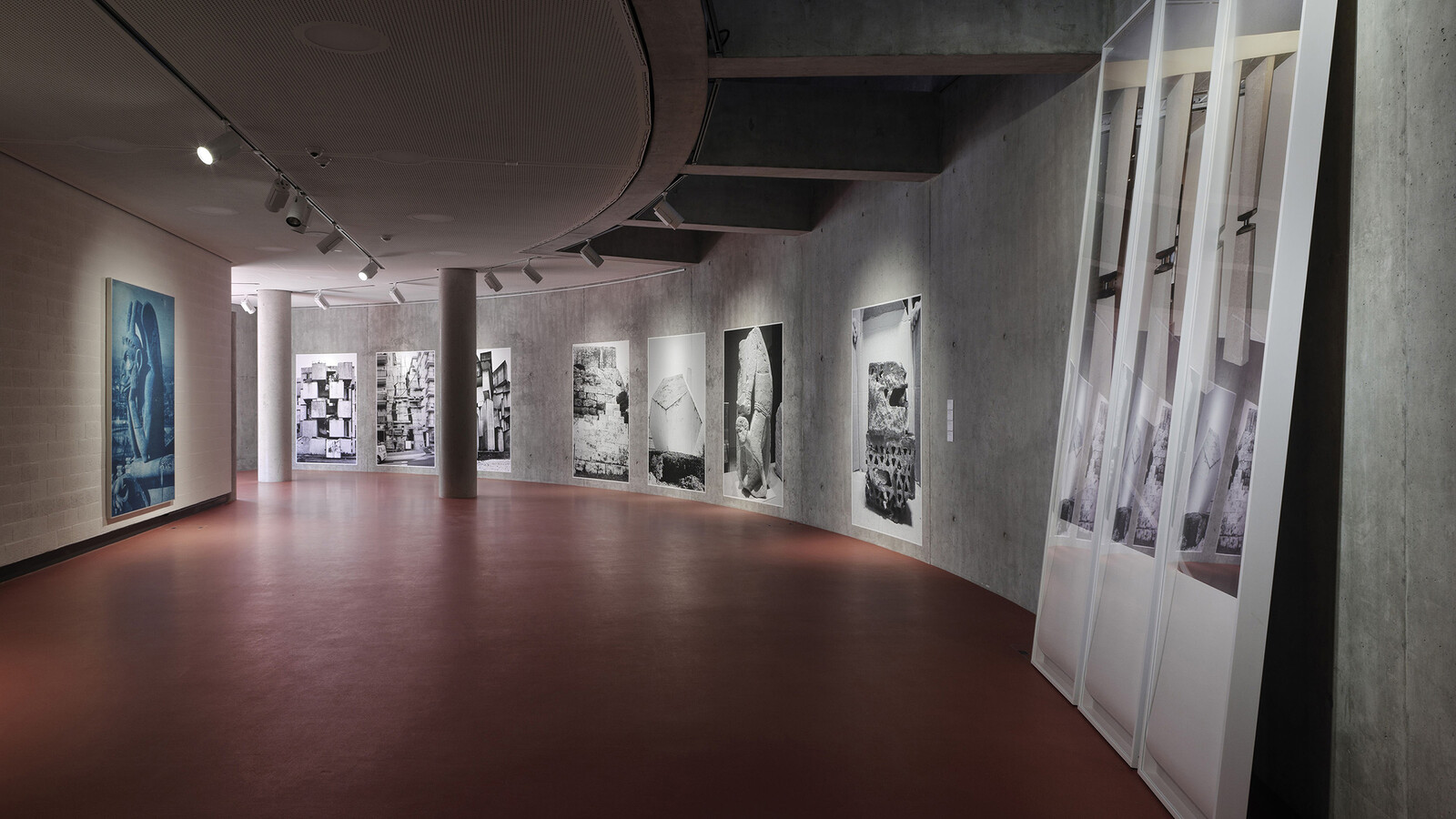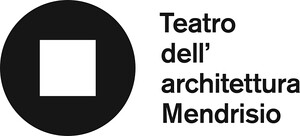WHAT MAD PURSUIT
April 7–October 22, 2023
Via Alfonso Turconi 25
6850 Mendrisio
Switzerland
The Teatro dell’architettura Mendrisio of the Università della Svizzera italiana presents the exhibition WHAT MAD PURSUIT, with Aglaia Konrad, Armin Linke, and Bas Princen, from April 7 to October 22, 2023, promoted by the USI Academy of Architecture and curated by Francesco Zanot.
Through a selection of photographic works by Aglaia Konrad (Salzburg, 1960), Armin Linke (Milan, 1966) and Bas Princen (Zeeland, 1975), the project explores the relationship between architecture and photography, and that between the latter and the context in which it is shown, focusing on the complexity of an interweaving that places the works at the centre of a constant process of negotiation between subject and exhibition space.
The exhibition questions the documentary function of photography, here understood as a device that simultaneously records and transforms reality, while also contradicting its conception of a two-dimensional image by exploring its materiality, body and presence.
In WHAT MAD PURSUIT, images are objects and as such they retain a relationship with both the space inside the frame and with the external space. Both – interior and exterior – are part of the work of the photographers in the exhibition, which implies their study as well as their radical re-vision.
The exhibition
Devised specifically for the spaces of the Teatro dell’architettura Mendrisio, the exhibition WHAT MAD PURSUIT is an original project that brings together photographic works by three international artists who work with this medium through different methods and approaches. By presenting some 50 works created by the authors at different places and times with equally heterogeneous purposes, the exhibition explores the intersections between photography and architecture, represented space and exhibition space.
Inspired by the essay of the same name by the British neuroscientist Francis Crick, the title of the exhibition introduces the theme of intersections, combinations and confluences as a fundamental factor in the enrichment of an entire system, favouring exchange (multitude) over isolation (uniqueness). In What Mad Pursuit (1988) Crick wrote: “In nature hybrid species are usually sterile, but in science the reverse is often true. Hybrid subjects are often astonishingly fertile, whereas if a scientific discipline remains too pure it usually wilts.”
In the artistic practices of the three authors, the internal space of the frame and the external space become objects of study but also of radical re-vision through the mediation of photography. Each work or cycle of works activates new interpretations of subjects already submitted to processes of representation and interpretation, introducing further layers of significance that intersect with the previous ones. Instead of depicting (once and for all), here photography triggers a chain reaction of resignification that is at least theoretically endless. The photograph rekindles and restarts. It is a matter of intersections, interactions, overlaps, reactions, interferences.
In the photographic series Shaping Stones, Aglaia Konrad combines buildings by well known architects with anonymous works, both ancient and contemporary, united by the use of the same material and by a mode of representation, black and white photography, that makes it possible to obtain an amalgam as coherent as it is extraneous to any recognised category.
Armin Linke re-uses the pre-existing images in his archive, taken around the world in the course of his career. He mixes them together to form a new narrative that goes beyond the original context of production, challenging the very notions of chronology, linearity, history and uniformity.
Bas Princen photographs other representations, questioning what happens to them once they are duplicated and converted into two-dimensional images. In his work, details of pre-existing elements, such as paintings, objects and photographs, usually grasped in their entirety, are subjected to a further process of interpretation, giving rise to new and independent images capable of detaching themselves from the original ones. The artist also questions the very two-dimensionality of photography through a printing technique based on relief and endowed with an unusual sculptural quality.
The exhibition itinerary, covering two floors, is configured as a juxtaposition and recombination of the works, which are entwined with each other to acquire new meanings and interpretations. While Bas Princen’s works, printed on rice paper, give contours and a body to photographs, Aglaia Konrad’s images adapt to the surface of the wall to which they are applied, while Armin Linke’s photographs make the most of the architectural features of the exhibition space through devices that bring out its rhythm, materials and technique, engaging in a dialogue resolved in a distinctive form of “installational choreography.”
WHAT MAD PURSUIT challenges all attempts to simplify photography in order to express its complexity and layered character. In reflecting on the theme of dwelling, the works in this exhibition have a similar relationship with the Teatro dell’Architettura in Mendrisio: they do not simply occupy a space, but make it their home.







